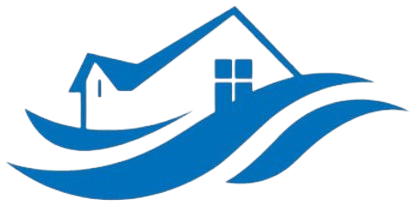Wet Insulation Removal Services in Cascade, Washington
Possible Causes of Wet Insulation
Water damage in your property often starts with unexpected leaks or floods that seep into the walls, ceilings, or floors. In Cascade, Washington, heavy rains and plumbing failures are common causes that can lead to insulation getting soaked. When insulation becomes wet, it loses its effectiveness, leading to increased energy costs and potential mold growth.
Another frequent cause is roof leaks or damaged roofing materials that allow rainwater to penetrate the interior spaces. If this water reaches your attic or wall cavities, the insulation can quickly become saturated. Without prompt action, this moisture can cause deterioration of building materials and create a breeding ground for mold, which can pose health risks to your occupants.
How We Can Fix That
Our team specializes in fast, effective wet insulation removal to prevent further damage. We start with a thorough inspection to identify all affected areas, including hidden spaces that may not be immediately visible. Using advanced moisture detection tools, we evaluate the extent of saturation and plan the proper cleanup process.
Once we assess the situation, our experts carefully remove the wet, moldy insulation to eliminate sources of moisture and contamination. We utilize specialized tools and environmentally friendly procedures to ensure the insulation is completely extracted while minimizing disruption to your property. Following removal, we thoroughly dry the affected areas to inhibit mold growth and prevent secondary damage.
After drying, we can recommend and install new, upgraded insulation that provides better moisture resistance. Our team takes pride in restoring your property to its pre-damage condition, ensuring energy efficiency, and creating a healthier indoor environment. Rest assured, we handle every step with professionalism and precision to deliver long-lasting results.
Why Are We the Best in That Case
Our experts bring years of experience in water damage restoration, making us a trusted choice for wet insulation removal in Cascade. We understand the importance of swift action to minimize damage and keep your property safe. Our team uses state-of-the-art equipment to detect moisture levels accurately and remove all traces of contaminated insulation.
Customer satisfaction is our priority, and we are committed to providing transparent, reliable services. We work quickly to prevent mold growth and secondary issues, helping you avoid costly repairs down the line. Our technicians are certified and trained to handle even the most challenging water damage scenarios with care and attention to detail.
Choosing our services means opting for a dedicated team that values quality, efficiency, and your peace of mind. We’re available 24/7, so when water emergencies strike, you can count on us to respond promptly. Call us today at (888) 884-7150 to schedule an assessment or get immediate assistance.
Frequently Asked Questions
How do I know if my insulation is wet?
Indicators of wet insulation include a noticeable musty odor, visible water stains, or sagging and compressed material. A professional inspection can confirm the extent of moisture content and potential mold growth.
What are the risks of leaving wet insulation untreated?
Unaddressed wet insulation can lead to mold proliferation, structural deterioration, and health issues. It also reduces energy efficiency, resulting in increased utility bills.
How long does the insulation removal process take?
The duration depends on the extent of water damage. Minor cases can often be resolved within a few hours, while extensive issues might require more time for thorough drying and replacement.
Will my property need reconstruction after insulation removal?
Possibly. After removing wet insulation, some areas may require repairs or replacement of drywall, ceiling tiles, or wall framing to restore your property fully. Our team can assist with the entire process.
How can I prevent future water damage to my insulation?
Regular roof inspections, prompt plumbing repairs, and proper drainage are key steps. Installing moisture barriers and performing routine maintenance can also help protect your insulation from future damage.
